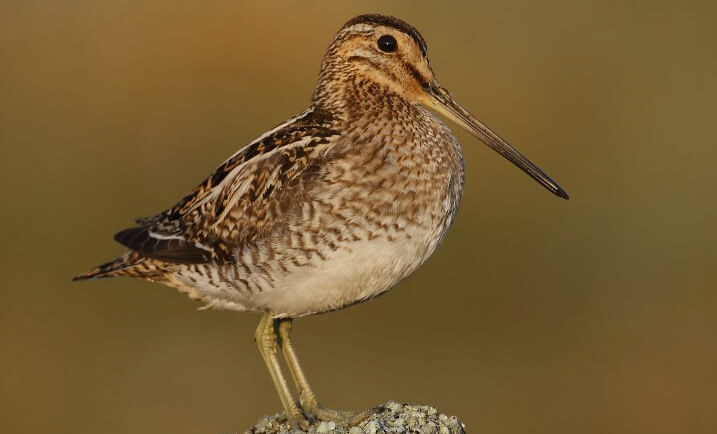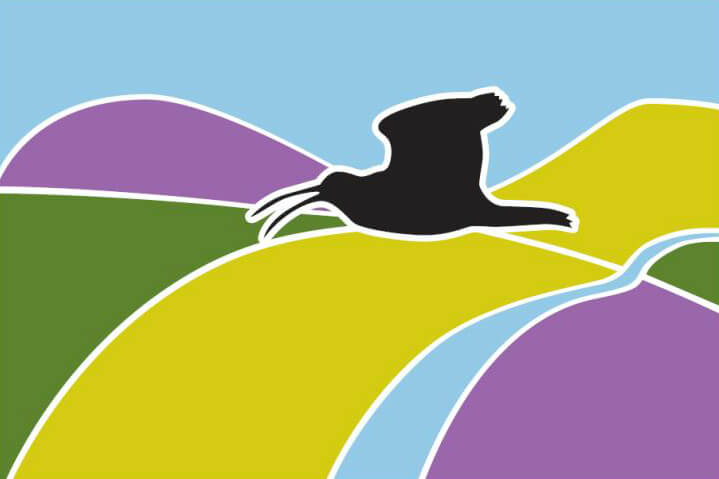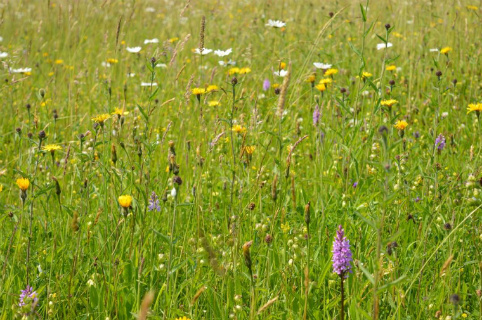This is an archived website, available until June 2027. We hope it will inspire people to continue to care for and protect the South West Peak area and other landscapes. Although the South West Peak Landscape Partnership ended in June 2022, the area is within the Peak District National Park. Enquiries can be made to customer.service@peakdistrict.gov.uk
The 5-year South West Peak Landscape Partnership, 2017-2022, was funded by the National Lottery Heritage Fund.
![]() Working for Waders
Working for Waders
Project summary
Working for Waders was a 5-year project to support the recovery of breeding wader populations in the South West Peak.
In this project we brought individuals and organisations together to operate in partnership through applied PhD research, evidence-based interventions, biodiversity monitoring, social science, ecosystem services and innovation to discover what was needed to help the recovery of populations of curlew, lapwing and snipe across the area. A social science element to the PhD research helped us to understand the farming community’s perceptions of breeding wader conservation.
We linked the evidence and the PhD research programme with action for curlew, lapwing and snipe on individual farms. This series of habitat interventions, monitoring of breeding birds and collection of data at the farm level enabled us to see the bigger picture of waders at a landscape-scale. Read the blog for more information.
We identified three priority areas for breeding waders, where there were strong wader populations requiring interventions and/or significant opportunities to improve habitats and attract larger breeding wader populations. We produced targeted wader plans for farmers within these priority areas. These plans gave clear management advice and identified further habitat interventions on individual farms. We trained volunteer wader wardens who worked closely with South West Peak Landscape Partnership farm link workers to support participating farmers.
If you're interested in the science of it, there is detailed information in the following articles published in two academic journals:
- Upland rush management advocated by agri-environment schemes increases predation of artificial wader nests by L. A. Kelly, D. J. T. Douglas, M. P. Shurmer, K. L. Evans. Published in Animal Conservation, 5 February, 2021.
- Inter-Specific Variation in the Potential for Upland Rush Management Advocated by Agri-Environment Schemes to Increase Breeding Wader Densities by L. A. Kelly, D. J. T. Douglas, M. P. Shurmer, K. L. Evans. Published in Frontiers in Ecology and Evolution, 10 December, 2021.
What we achieved
- 3 priority areas – where habitats for breeding waders were improved by everyone working in partnership at a landscape scale.
- 3 predator fences – were installed or repaired on farms which will support breeding and feeding waders for years to come.
- 23 wader wardens – were recruited to form a network of skilled volunteers to maintain support for waders in the South West Peak.
- 38 wetland features – such as scrapes or ponds were created or restored on nine farms to support waders.
- 50 wader plans – were provided to fifty landowners to inform restoration works for waders.
More

Jelly-o jujubes chocolate cake caramels toffee dragée cake. Croissant chocolate cake halvah pastry sweet roll chocolate cake cake. Marshmallow brownie.

Jelly-o jujubes chocolate cake caramels toffee dragée cake. Croissant chocolate cake halvah pastry sweet roll chocolate cake cake. Marshmallow brownie.
Related articles

Discovering Grassland Fungi Training
The Cheshire hills are home to communities of fungal species which are grassland specialists. These communities can be valuable indicators of ancient grassland. Also, like their grassland habitat, they are threatened by improvement, disturbance, or cessation of management.

Christmas Newsletter
The Cheshire hills are home to communities of fungal species which are grassland specialists. These communities can be valuable indicators of ancient grassland. Also, like their grassland habitat, they are threatened by improvement, disturbance, or cessation of management.








